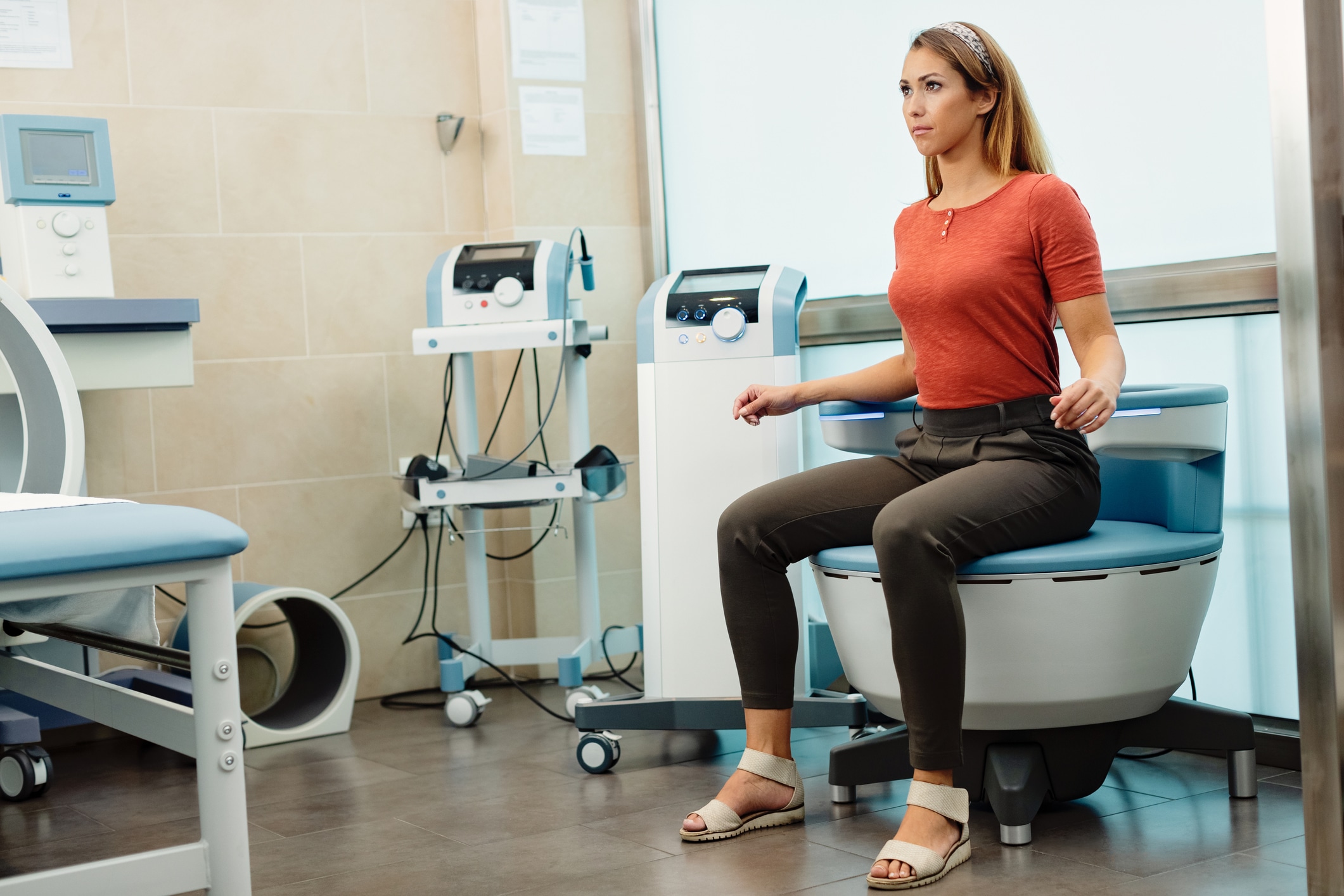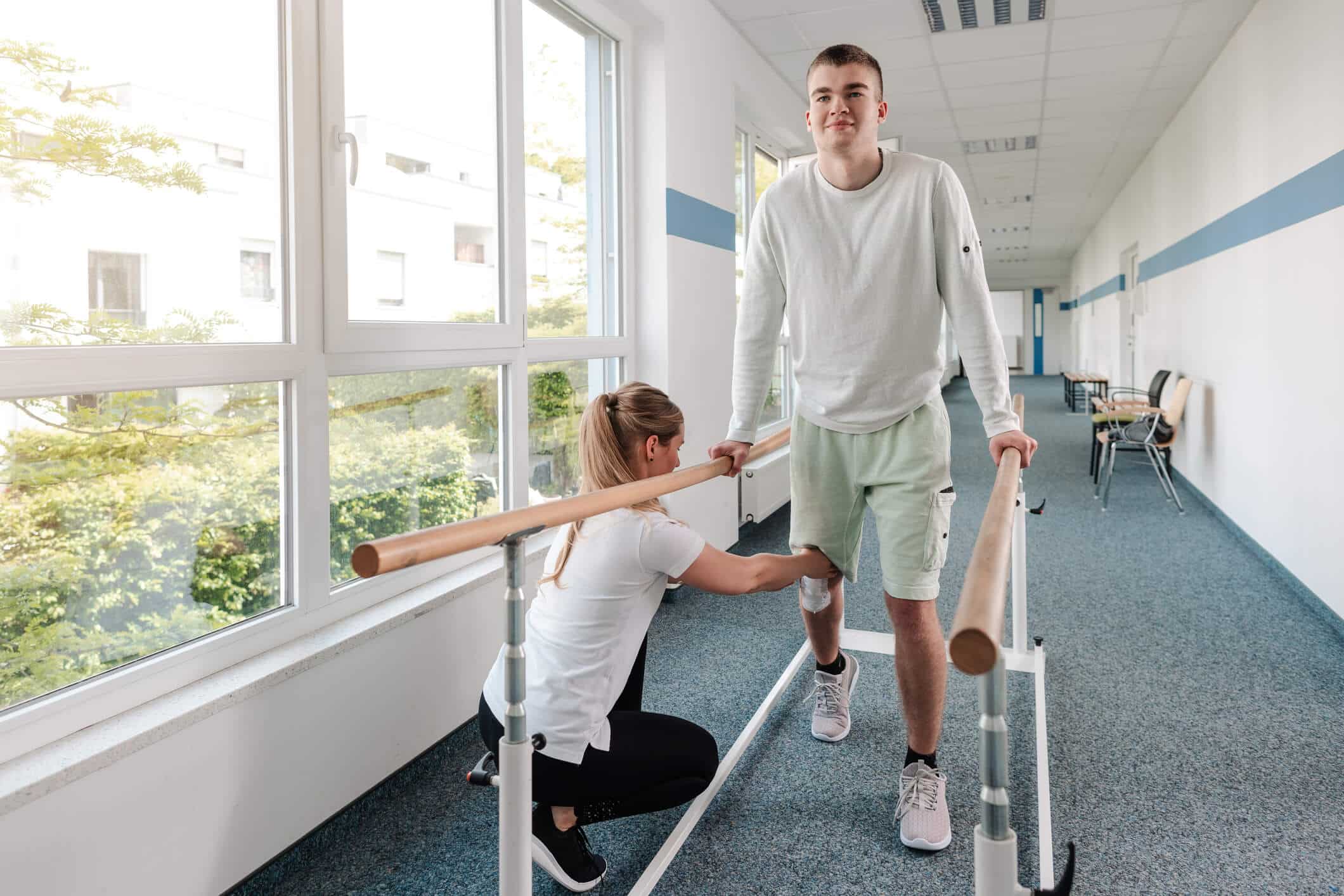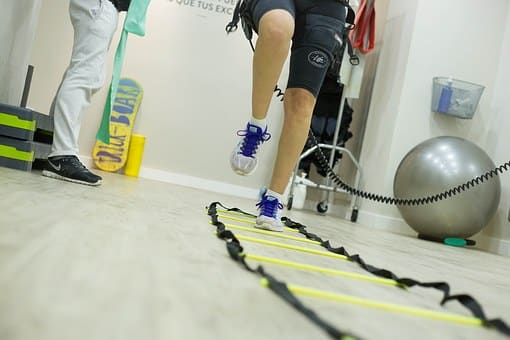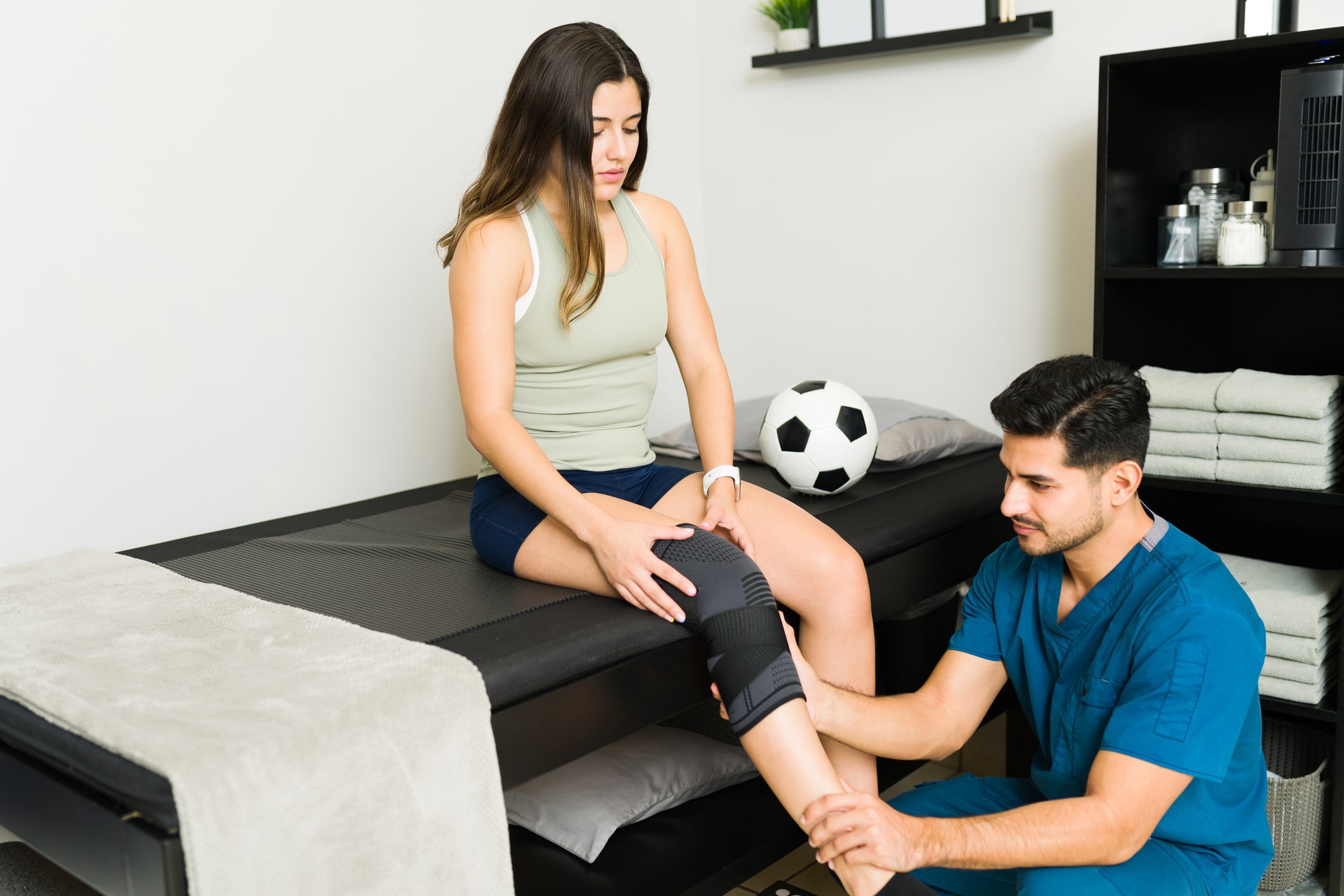Pelvic Floor Physiotherapy – 3 Useful Questions & Answers
Pelvic floor physiotherapy is a branch of orthopedic physiotherapy. Its practitioners have specialized training in the diagnosis and treatment of various conditions that can cause pelvic floor dysfunction in both men and women.
The range of these conditions is very wide and includes incontinence (both urinary and fecal), constipation, hip pain, pudendal neuralgia and lower back pain, to name just a few of them. We elaborate below on the conditions treated by a pelvic floor (or pelvic health) physiotherapist.
In this article, we ask and answer three of the most common questions relating to pelvic floor physiotherapy. It is our hope that the information we present will be useful to those contemplating a career in this branch of physiotherapy.
Which Medical Conditions Are Treatable By Pelvic Floor Physiotherapy?
Contrary to beliefs held by some, pelvic health physiotherapy is not focused on problems of sexual function. Instead, a pelvic floor physiotherapist may be able to help with the following medical problems:
- Constipation;
- Unusual vaginal pain during sexual intercourse;
- Painful bowel movements;
- Chronic pelvic pain;
- Pelvic organ prolapse;
- Painful bladder syndrome; and
- Prenatal and postpartum care
As we have mentioned in the first section of this article, pelvic floor physiotherapy can also be used to treat a loss of bladder or bowel control.
What Might Happen In A Pelvic Floor Physiotherapy Treatment Session?
Your first pelvic floor physiotherapy session will usually consist of two parts – assessment and treatment.
Assessment
Before your first treatment, the practitioner will probably ask a series of questions to elicit more information about the patient’s symptoms (e.g. type of pain and whenre/when it is experienced. The patient may also be asked about his or her medical history. The answers to these questions will help the practitioner design a treatment plan that is appropriate to the patient’s situation.
The pelvic health physio will normally conclude the assessment by conducting a physical exam. This will consist of a rectal as well as (for female patients) a vaginal internal examination. If the patient’s condition is such that a regular internal exam will cause excessive pain, there are other options. The physiotherapist can opt to examine the area outside the vaginal or rectal opening, including the hip, lower back and pelvic area.
The entire assessment may take between 45 minutes to an hour depending on the complexity of the patient’s condition, length of medical history etc. Once the assessment is complete, the treatment will begin.
Treatment
During the treatment part of the session, the pelvic floor physio will help you perform exercises to strengthen weak pelvic muscles or to reduce spasms of excessively tight muscles. The treatment will focus on the rehabilitation of the muscles of the pelvic floor, hips, lower spine, abdomen, SI joints and central nervous system.
The specific techniques used during the treatment may include a mixture of the following:
- Stress management and relaxation;
- Manual therapy;
- Stretching/Strengthening exercises; and
- Instructions on diet.
Kegel exercises are among those used n pelvic floor physiotherapy to reduce urinary incontinence and other pelvic floor problems among women. These exercises are aimed at strengthening the pelvic floor muscles. The goal of doing is to improve the support these muscles provide to the uterus bladder and other related organs.
Some pelvic health physiotherapists will also include elements of electrical nerve stimulation and acupuncture in their treatment sessions.
Does Pelvic Floor Physiotherapy Work?
Several studies have been published into the effectiveness of pelvic health physiotherapy in treating various conditions. In this section, we will briefly mention two recent studies of this type.
2019 Study Published By The Brazilian Journal of Physiotherapy
In 2019, the National Library of Medicine published the results of a study into the effectiveness of pelvic floor muscle training and bladder training in the treatment of urinary incontinence among women. The study was originally conducted in Brazil and published by the Brazilian Journal of Physical therapy.. As we have mentioned above, urinary incontinence is one of the principal conditions treated by pelvic floor physios.
The women in the study participated in supervised physical therapy comprising bladder training plus 12 weeks of pelvic physiotherapy treatments. The pelvic floor physiotherapy sessions were performed either at home or in a community health centre.
The researchers concluded that pelvic floor interventions can be effective. They are reported that these interventions can be implemented in primary settings, thus supporting the ability to treat a larger number of women. This is due to the ability to include women without access to specialized physical therapy treatment.
2020 British Medical Journal Study
In 2020, the British Medical Journal (BMJ) publlished the results of a randomized controlled trial comparing the effectiveness of pelvic floor muscle training (PFMT) with and without electromyographic biofeedback in the treatment of urinary incontinence among women. The objective was to assess whether electromyographic biofeedback improved the effectiveness of pelvic floor muscle training.
The researchers concluded that there was no evidence that the inclusion of electromyographic biofeedback improved the effectiveness of PFMT. They also recommmended the investigation of other ways of improving the effectiveness of pelvis floor muscle training in the treatment of urinary incontinence.








